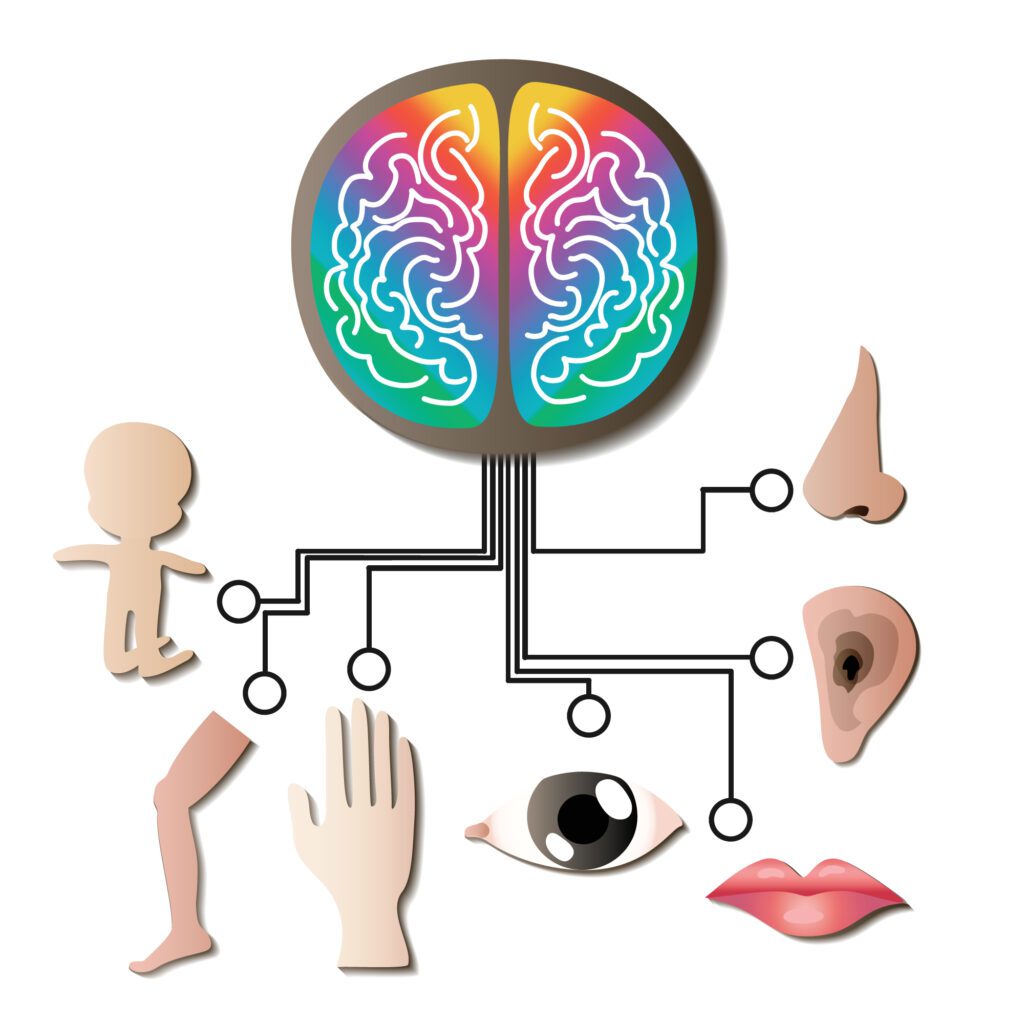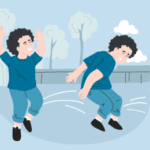
Blog
The 3 Primary Patterns and Subtypes of Sensory Processing Disorder
Author: DrSensory
November 2, 2024
The 3 Primary Patterns and Subtypes of Sensory Processing Disorder
Sensory Processing Disorder (SPD) is a complex condition that manifests in various ways, depending on how individuals process sensory information. Experts in occupational therapy have identified three primary patterns of SPD, each with specific subtypes. Understanding these patterns and their subtypes is crucial to effectively supporting those who live with SPD.
1. Sensory Modulation Disorder (SMD)
Sensory Modulation Disorder is one of the most commonly recognized patterns of SPD. It involves difficulties in regulating responses to sensory inputs, which can be divided into three specific subtypes:
- Sensory Over-Responsivity (SOR): Individuals with SOR often have heightened responses to sensory stimuli, such as light, sound, or touch. Everyday experiences may be overwhelming, leading to reactions such as covering ears to block sounds or avoiding certain textures.
- Sensory Under-Responsivity (SUR): Those with SUR might not respond to sensory stimuli that would typically capture attention. This can manifest as apparent indifference to surroundings, lack of alertness, or not reacting to pain in expected ways.
- Sensory Seeking/Craving (SS): Sensory seekers display a strong desire for sensory experiences, often engaging in behaviors like excessive movement, touching everything, or creating loud sounds. They actively seek intense sensory input to fulfill their sensory needs.
2. Sensory-Based Motor Disorder (SBMD)
In Sensory-Based Motor Disorder, the difficulty lies in processing sensory information to produce an appropriate motor response. Two key subtypes define SBMD:
- Dyspraxia: This subtype is characterized by challenges with motor planning and execution, affecting coordination and daily tasks. Children with dyspraxia may appear clumsy, struggle with sports, or find it hard to learn new movements.
- Postural Disorder: Individuals with postural disorder have difficulties maintaining normal posture and controlling body position. This can result in challenges with balance, muscle tone, and stability, affecting both static and dynamic movements.
3. Sensory Discrimination Disorder (SDD)
Sensory Discrimination Disorder involves difficulties in distinguishing differences between similar sensations. This pattern can affect various sensory systems, leading to distinct challenges:
- Visual Discrimination Issues: Individuals may struggle to see differences in shapes, sizes, or colors, affecting tasks such as reading or recognizing letters.
- Auditory Discrimination Issues: Challenges arise in differentiating sounds, which can impact language processing and following verbal instructions.
- Tactile Discrimination Issues: Difficulty in distinguishing textures, shapes, or vibrations by touch can challenge fine motor skills and manual dexterity.

Understanding the primary patterns and subtypes of Sensory Processing Disorder is essential for providing appropriate support and intervention. Each individual with SPD experiences unique challenges that require a tailored approach, involving occupational therapy and sensory integration techniques. By identifying the specific patterns and subtypes, caregivers and professionals can better address the sensory needs of those with SPD, aiding in their ability to function and thrive in everyday environments. Education and awareness of SPD can lead to greater empathy and understanding, ultimately contributing to more comprehensive support systems for affected individuals and their families.
related blogs
Your child is constantly moving, crashing into furniture, or having meltdowns in response to seemingly minor things like a loud
Your toddler refuses to wear certain clothes, has huge meltdowns in noisy places, or is an extremely picky eater, limited
Your child seems to miss verbal instructions, struggles to follow conversations in noisy environments, and often asks "what?" even when
On the surface, autism and Ehlers-Danlos syndrome (EDS) might seem like two entirely unrelated conditions. One is a neurodevelopmental condition
The intense head pain begins, lights feel blindingly bright, and every sound seems amplified to an unbearable level. You retreat











































































